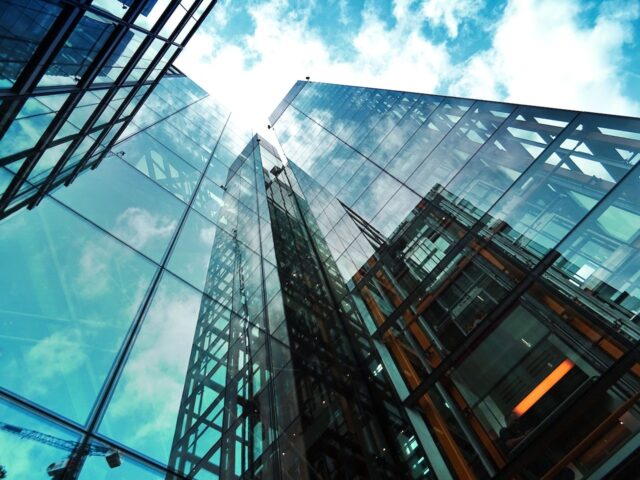The New York City Housing Authority (NYCHA) is the biggest public housing authority in North America. It provides affordable housing to more than 400,000 residents of New York City and is spread out throughout more than 300 different buildings. In spite of the fact that the organization has been subjected to criticism over the years for problems such as inadequate living conditions and management, it has also made significant efforts to improve its properties and reduce the damage it causes to the environment by employing environmentally responsible building practices, such as obtaining a LEED certification.
The New York City Housing Authority Managing LEED
The Leadership in Energy and Environmental Design (LEED) program is now the green building grading system that is used the most often all over the globe. It was first introduced in the year 2000 by the United States Green Building Council. Buildings that are planned and constructed to meet the requirements of the LEED rating system consume less energy and water, produce fewer greenhouse gases, and have higher ratings for quality of interior environment. There are multiple tiers of certification available via the program, including Certified, Silver, Gold, and Platinum.

In order to lessen its impact on the environment and make its buildings more environmentally friendly, the New York City Housing Authority (NYCHA) has decided to participate in the LEED certification program. The New York City Housing Authority (NYCHA) approved a Sustainability Agenda in 2011, which includes the objective of obtaining LEED Silver certification for all significant repairs and new projects. Since then, NYCHA has finished a number of projects, and each one of them has been awarded a LEED certification.
One such project is the Van Dyke Houses in Brooklyn, which received LEED Silver certification in 2016 after undergoing a refurbishment with a budget of $60 million and receiving the certification in 2016. As part of the refurbishment, a green roof, energy-efficient lighting and appliances, and a high-efficiency heating and conditioning system were all installed. It is anticipated that the building’s energy consumption would decrease by thirty percent as a result of these enhancements, resulting in yearly cost savings of around two hundred thousand dollars.
Another illustration of this may be seen in the redesigned and upgraded Twin Parks West complex in the Bronx, which was awarded the LEED Gold certification in 2019. During the makeover, a solar hot water system, an energy-efficient lighting system, and energy-efficient appliances were all installed. The roof was also given a green covering. Additionally, the structure is equipped with a rainwater harvesting system, which gathers and repurposes rainwater for functions such as irrigation and toilet flushing. It is anticipated that these upgrades will cut the building’s energy consumption by twenty percent, resulting in savings of roughly two hundred and fifty thousand dollars in yearly energy expenses.
NYCHA Sustainable Techniques
In addition to obtaining LEED certification, NYCHA has also introduced a number of additional environmentally responsible construction techniques. For instance, the organization has upgraded its facilities with over 120,000 energy-efficient light fixtures, which is anticipated to result in yearly cost savings of approximately $13 million related to energy use. In addition, NYCHA has created a Green Cleaning Program, which makes use of cleaning materials and practices that are less harmful to the environment across its facilities. In addition, New York City Housing Authority (NYCHA) runs a composting program that keeps organic waste out of landfills and turns it into nutrient-dense soil that may be used for gardening.

In spite of this, NYCHA’s attempts to enhance its properties by using environmentally responsible construction standards have not been without their share of obstacles. Because of budgetary and operational restrictions, the agency has had difficulty implementing some of these practices on a broader scale. These limits have made it difficult to adopt some of these practices. In addition, New York City Housing Authority has been criticized for its delayed reaction to maintenance concerns, which might reduce the efficiency of sustainability measures.
In recent years, NYCHA has been subjected to a large amount of criticism over its administration and living conditions. Several studies have documented difficulties like as mildew, lead paint, and heating outages in the housing authority’s buildings. A settlement was reached in 2018 between the New York City Housing Authority (NYCHA) and the United States Department of Housing and Urban Development (HUD) regarding NYCHA’s failure to comply with health and safety standards. Part of the settlement included the appointment of a federal monitor to oversee the agency’s operations.
In spite of these obstacles, NYCHA is unwavering in its dedication to enhancing the ecological viability of its buildings and lessening the damage it does to the environment. The government organization published a document in 2020 titled “Sustainability Framework,” in which it outlined its objectives for the next 10 years. The plan calls for increasing the use of renewable energy sources and achieving carbon neutrality by the year 2050. This promise is included in the framework.
In conclusion, the New York City Housing Authority has put in a lot of work to have its buildings certified as LEED in order to increase the environmental friendliness of the housing it provides. You can learn about become LEED Accredited with this free training here.

